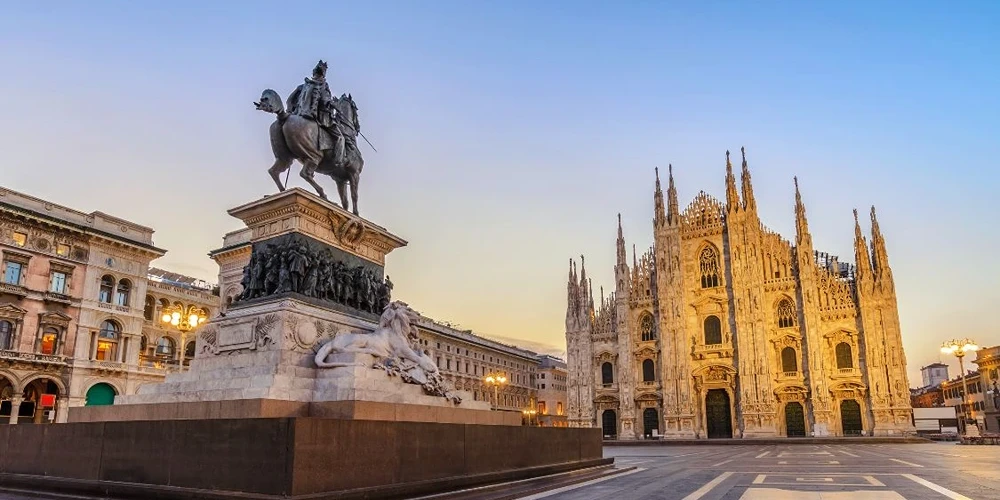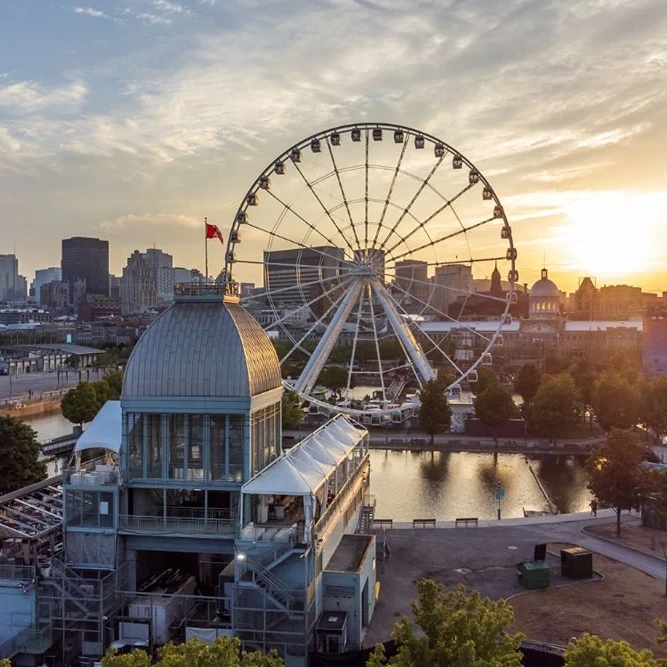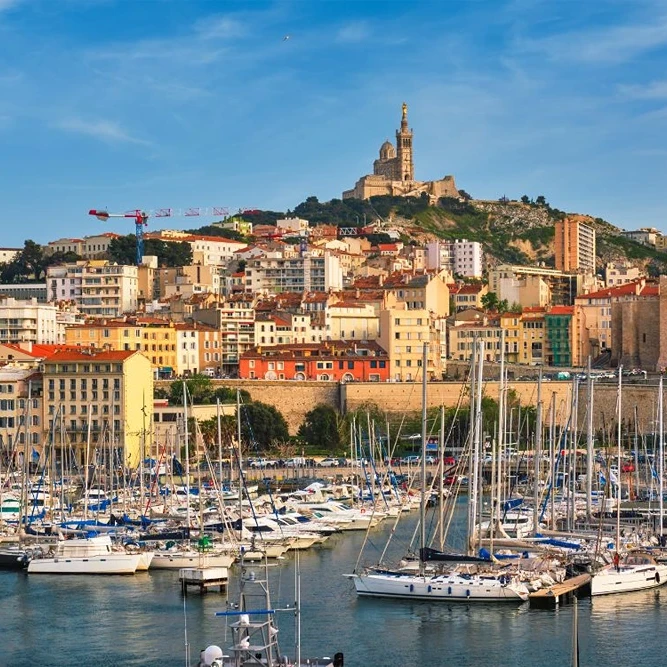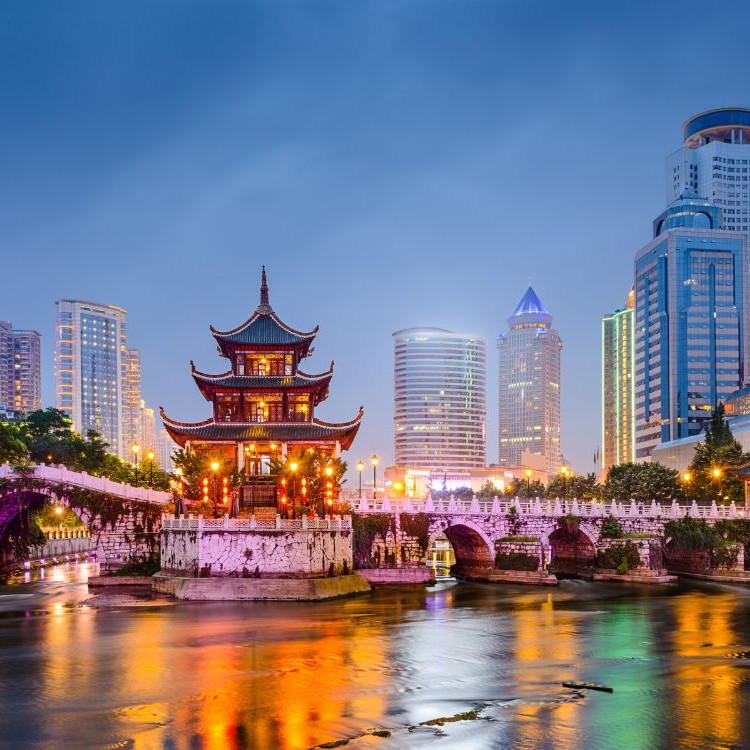Why settle for just the glitz and glamour when Milan offers a treasure trove of historical riches waiting to be explored? Whether you’re walking the paths once trodden by Leonardo da Vinci or staring up at the intricate spires of the Duomo di Milano, Milan invites you to journey through its storied past. This guide uncovers the must-see attractions etched into the city’s landscape, revealing the breathtaking fusion of art, history, and architecture that defines Milan. Embark on this exploration to witness the remnants of a city that has shaped history for centuries.
Table of Contents
ToggleTop Historical Sites and Landmarks in Milan

Milan stands as a beacon of historical and architectural marvels, offering a rich tapestry of sites that reflect its storied past. Among its most celebrated landmarks is the Duomo di Milano, an epitome of gothic architecture that took nearly six centuries to complete. This cathedral not only dominates the city’s skyline with its intricate spires but also embodies Milan’s historical significance. Castello Sforzesco, another cornerstone of Milanese heritage, dates back to the 15th century and served as a fortress and ducal residence. Today, it houses several museums, including the Museum of Ancient Art and the Museum of Ceramics, showcasing the city’s artistic and historical treasures. Santa Maria delle Grazie, a UNESCO World Heritage site, is famed for housing Leonardo da Vinci’s The Last Supper, a masterpiece that continues to captivate visitors with its artistic brilliance and historical depth.
- The Duomo di Milano features gothic spires and a façade that was perfected over centuries, making it a central symbol of Milan.
- Castello Sforzesco is home to multiple museums and reflects Milan’s strategic and cultural evolution since the 15th century.
- Santa Maria delle Grazie holds Leonardo da Vinci’s The Last Supper, providing a unique glimpse into Renaissance art.
- Each site underscores Milan’s role as a cultural and historical hub in Europe.
- Visitors should book tickets in advance for The Last Supper and consider guided tours for enriched experiences at these landmarks.
Exploring these sites requires strategic planning to fully appreciate their grandeur and historical narratives. To maximize the experience, visitors are advised to arrive early at the Duomo to avoid crowds, especially if planning to ascend to the terraces. For Castello Sforzesco, allocating ample time to explore its diverse museum offerings is crucial. Santa Maria delle Grazie mandates advanced booking due to limited viewing slots for The Last Supper. With these tips, visitors can immerse themselves in the historical and architectural wonders that define Milan.
Exploring Milan’s Iconic Shopping and Fashion Districts
Milan is synonymous with fashion, standing as a global epicenter for luxury shopping and haute couture. The city is home to a blend of historic and modern venues that cater to fashion enthusiasts from around the world. At the heart of this vibrant scene is the Galleria Vittorio Emanuele II, Italy’s oldest shopping mall, renowned for its 19th-century glass-topped design and array of high-end boutiques. Beyond its architectural beauty, the Galleria serves as a social hub and gateway to the Milanese fashion experience. Via Torino offers a more eclectic mix of affordable brands, making it a favored destination for diverse shopping needs. Meanwhile, Monte Napoleone is revered for its exclusive designer stores and is a must-visit for those seeking the pinnacle of luxury shopping. These districts collectively underscore Milan’s reputation as a fashion capital, attracting visitors eager to indulge in its stylish offerings.
| Shopping Area | Description |
|---|---|
| Galleria Vittorio Emanuele II | Italy’s oldest shopping mall, known for its elegant 19th-century architecture and luxury brands. |
| Via Torino | A bustling street featuring a variety of shops, from affordable fashion to trendy boutiques. |
| Monte Napoleone | Renowned for its high-end designer stores, it is the epitome of Milan’s luxury shopping scene. |
Experiencing Milan’s shopping districts offers more than just retail therapy; it immerses visitors in the city’s vibrant culture and fashion-forward ethos. To make the most of your shopping spree, consider visiting during the weekday mornings to avoid the crowds. Take time to explore the Galleria’s ornate interiors and enjoy a coffee at one of its historic cafes. For those seeking luxury, Monte Napoleone promises an unmatched experience with its exclusive designer outlets. With these tips in mind, shopping in Milan becomes an unforgettable journey through the best of Italian style and sophistication.
Milan’s Museums and Art Galleries You Can’t Miss

Milan is a cultural powerhouse, offering a plethora of museums and art galleries that showcase its rich artistic heritage. As Italy’s fashion and design capital, Milan also stands out for its significant contributions to the arts. The city is home to a range of institutions that house works from the Renaissance to contemporary art, making it a prime destination for art lovers. The Brera Art Gallery, the city’s first museum, holds an impressive collection of 598 paintings, featuring masterpieces by Caravaggio and Raphael, among others. Meanwhile, the historical Castello Sforzesco offers a diverse array of art collections and exhibitions, providing insight into Milan’s storied past. These cultural spots play a crucial role in preserving and promoting the artistic legacy that defines Milan.
- Brera Art Gallery: Known for its extensive collection of Renaissance paintings, including works by Caravaggio and Raphael.
- Castello Sforzesco: Houses a variety of historical and artistic exhibitions, reflecting Milan’s rich cultural history.
- Other notable galleries: Include the Museum of Ancient Art and the Museum of Ceramics, each offering unique perspectives on art and history.
- Highlights: Each location offers a distinctive glimpse into the evolution of art, from classic to contemporary styles.
For those planning a visit, it’s advisable to check the opening hours and book tickets in advance, especially during peak tourist seasons. Many of Milan’s museums offer guided tours, which can enrich the visitor experience by providing in-depth insights into the exhibits. The Brera Art Gallery is particularly popular, so early arrival is recommended to avoid long queues. Castello Sforzesco often hosts special exhibitions, so it’s worth checking their schedule ahead of time. With careful planning, visitors can fully immerse themselves in the cultural treasures that Milan has to offer.
Discovering Milan’s Scenic Neighborhoods and Parks
Milan is a city that harmoniously blends its historical legacy with modern urban charm, and its neighborhoods and parks are perfect examples of this fusion. Among the standout areas is Brera, a neighborhood known for its unique mix of history and contemporary design. Brera offers a vibrant arts scene, with cobblestone streets lined with galleries, boutiques, and cafes that invite exploration. Parco Sempione, the largest park in Milan, provides an expansive green oasis in the city’s heart. This park is a favorite for both locals and tourists, offering pathways for leisurely walks and iconic landmarks like the Arco della Pace. The park’s lush landscapes and proximity to cultural sites make it a must-visit spot for anyone looking to experience Milan’s scenic beauty.
- Brera combines historical charm with modern design, ideal for art enthusiasts and shoppers.
- Parco Sempione features expansive green spaces and is perfect for a peaceful retreat.
- The Arco della Pace, located at the park’s entrance, is a significant historical monument.
- Milan offers numerous scenic views, with many vantage points around the city.
- Other neighborhoods, such as Navigli, offer picturesque canals and vibrant nightlife.
To truly enjoy Milan’s scenic neighborhoods and parks, visitors should consider taking a leisurely stroll through Brera to experience its unique atmosphere and maybe even stop by for an espresso at one of its charming cafes. Parco Sempione is best explored during the morning or late afternoon when the light casts a warm glow over the Arco della Pace. Whether you’re seeking tranquility or cultural enrichment, Milan’s neighborhoods and parks provide a delightful escape from the city’s bustling pace.
Experience Milan’s Nightlife and Dining Scene
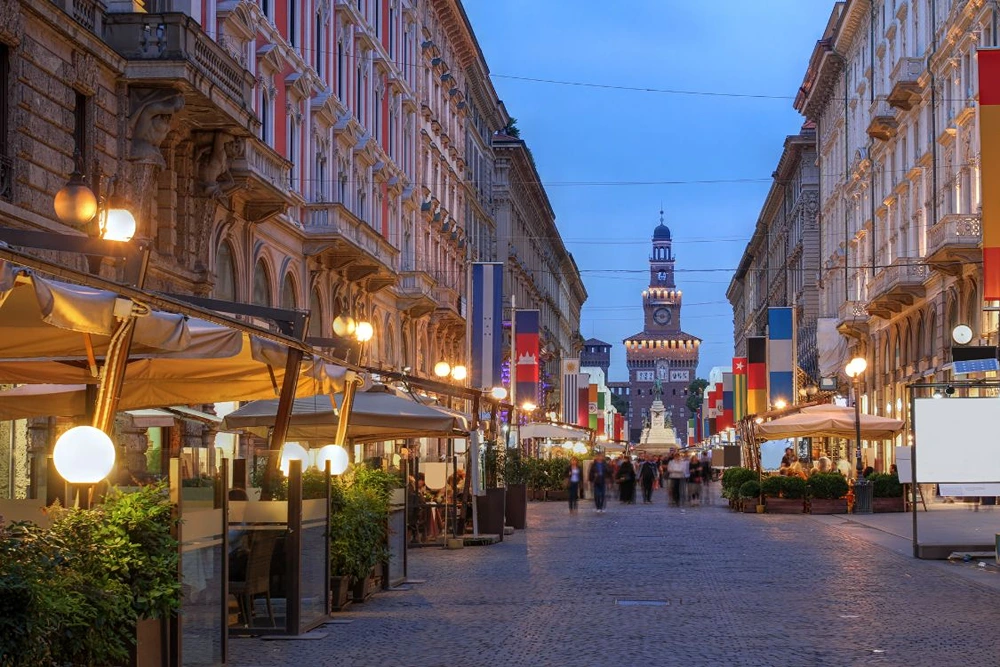
Milan’s nightlife and dining culture reflect its cosmopolitan nature, offering a vibrant mix of traditional and contemporary experiences. The city’s nightlife is centered around districts like Navigli, renowned for its picturesque canals and bustling bars. Navigli is the perfect place to enjoy an afternoon aperitivo, a pre-dinner ritual where locals and tourists gather to sip drinks and sample snacks. The Milanese aperitivo is a must-try experience, offering a glimpse into the city’s social life. As the sun sets, the city’s numerous bars and clubs come alive, offering a range of music and entertainment options. From chic rooftop bars to classic Italian osterias, Milan’s nightlife is as diverse as it is exciting, ensuring something for every taste.
- Navigli: Ideal for experiencing aperitivo in a scenic canal setting.
- Luini: Famous for its delicious panzerotti, a local favorite.
- Spontini: Known for thick, satisfying slices of pizza.
- Popular dining locations: Include areas like Brera and Porta Romana, offering diverse cuisines.
- Traditional Milanese dishes: Risotto alla Milanese and ossobuco are must-try specialties.
- Nightlife venues: Range from sophisticated clubs in Corso Como to laid-back jazz bars.
To make the most of Milan’s culinary and nightlife offerings, it’s recommended to start the evening with an aperitivo in Navigli, enjoying the lively canal-side atmosphere. For dinner, trying traditional dishes like risotto alla Milanese at a local trattoria provides an authentic taste of the city. After dinner, exploring different nightlife venues, from stylish lounges to vibrant dance clubs, can round off the night perfectly. Milan’s dynamic food and nightlife scene ensures a memorable experience, capturing the essence of Italian hospitality and urban sophistication.
Exploring Milan’s Unique Day Trips and Excursions
Milan serves as an ideal base for exploring the surrounding regions, thanks to its excellent transport links. Malpensa International Airport and Linate Airport provide easy access to numerous attractions, while the city’s efficient public transportation system makes day trips convenient. Trains and buses connect Milan to a myriad of destinations, allowing visitors to explore beyond the city’s borders with ease. Whether interested in the natural beauty of Lake Como or the historical allure of Bergamo, Milan offers the perfect starting point for a variety of excursions.
Popular day trip destinations include Lake Como, known for its stunning scenery and charming lakeside towns. Visitors can enjoy leisurely boat rides or explore the picturesque streets of Bellagio. Bergamo, with its well-preserved medieval architecture, offers a rich cultural experience, while the Franciacorta wine region invites wine enthusiasts to sample local varieties amid rolling vineyards. Each of these destinations provides a distinct experience, showcasing the diverse attractions that lie just outside Milan.
To make the most of these day trips, travelers should plan ahead by checking transportation schedules and booking tickets in advance during peak seasons. Utilizing Milan’s extensive rail network, such as the express trains to Lake Como, can save time and enhance the overall experience. Packing a light bag and wearing comfortable shoes will ensure a more enjoyable outing. With careful planning, a day trip from Milan can become a memorable addition to any itinerary, offering a glimpse into the rich landscapes and cultures surrounding this vibrant city.
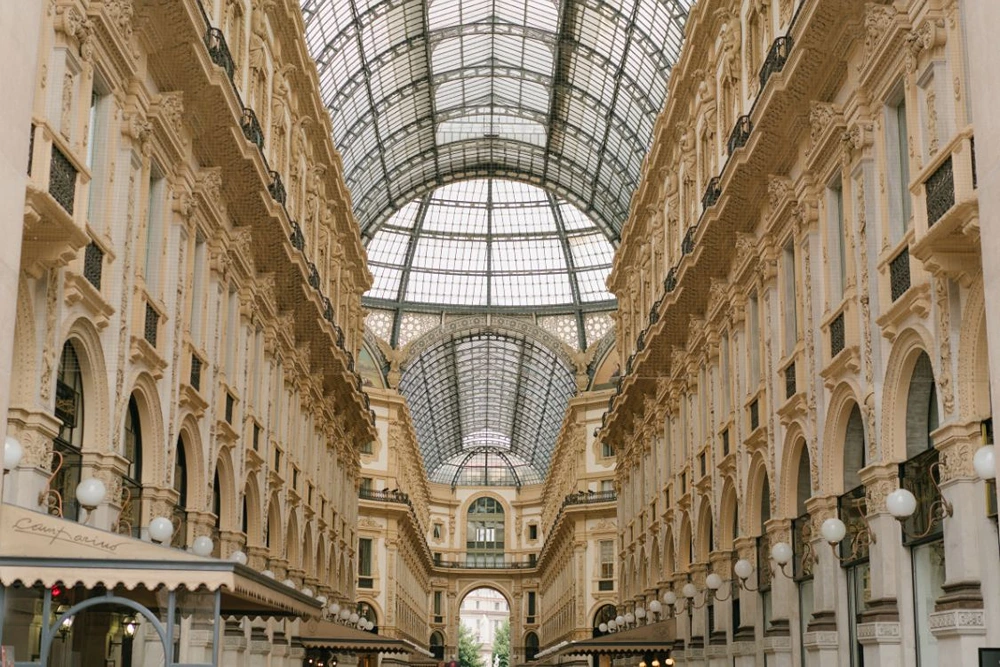
Final Words
Exploring Milan reveals a city teeming with historical wonders, thriving art scenes, and a celebrated fashion industry. From the best places to visit in Milan, such as the Duomo di Milano and the vibrant shopping districts of Via Torino and Monte Napoleone, the city blends tradition with modernity seamlessly. Its museums and art galleries, like the Brera Art Gallery, enrich visitors’ cultural experiences, while scenic neighborhoods and parks offer serene escapes. As the sun sets, Milan’s nightlife and dining thrive, promising unforgettable experiences. With so much to offer, Milan truly captivates every visitor.
FAQ
Top 10 places to visit in Milan
Q: What are the top 10 places to visit in Milan?
A: Top places include the Duomo di Milano, Galleria Vittorio Emanuele II, Castello Sforzesco, Santa Maria delle Grazie, and Brera District. Each offers historic or cultural significance and showcases Milan’s rich heritage.
Places to visit in Milan for free
Q: What places can I visit for free in Milan?
A: In Milan, visit the Duomo di Milano’s outer areas, Parco Sempione, and explore the Brera District without cost. These spots offer significant cultural and scenic experiences without requiring an entry fee.
Places to visit in Milan in 1 day
Q: How can I make the most of 1 day in Milan?
A: Focus on visiting the Duomo di Milano, Galleria Vittorio Emanuele II, and Castello Sforzesco. These sites are centrally located and highlight Milan’s historical and cultural vibrancy within limited time.
Things to do in Milan for young adults
Q: What activities are recommended for young adults in Milan?
A: Young adults will enjoy the vibrant nightlife in Navigli, shopping in Via Torino, and visiting unique museums like the Museum of Ancient Art at Castello Sforzesco.
Milan to Lake Como
Q: How can one travel from Milan to Lake Como?
A: Travel from Milan to Lake Como via train from Milano Centrale to Como S. Giovanni. It’s a convenient route offering scenic views and takes roughly 40-60 minutes.
Day trips from Milan
Q: What are some recommended day trips from Milan?
A: Consider day trips to Lake Como, Bergamo, or Venice. Each destination provides a unique experience, accessible by efficient public transportation links from Milan.
What should you not miss in Milan?
Q: Which attractions in Milan are unmissable?
A: Do not miss the Duomo di Milano, Santa Maria delle Grazie housing da Vinci’s The Last Supper, and the vibrant Galleria Vittorio Emanuele II for a comprehensive Milan experience.
What is the most visited place in Milan?
Q: What is the most visited attraction in Milan?
A: The Duomo di Milano is the most visited place in Milan, renowned for its stunning gothic architecture and its status as a central symbol of the city.
Is 2 days enough to see Milan?
Q: Can Milan be explored in 2 days?
A: Two days in Milan allows for exploring major attractions like the Duomo, Castello Sforzesco, and Galleria Vittorio Emanuele II, while enjoying local cuisine and shopping experiences.
Hazel Wall is a passionate traveler, writer, and explorer dedicated to sharing her experiences and insights with fellow adventurers. With a background in journalism and a deep love for discovering new cultures, Hazel has journeyed across continents, immersing herself in diverse landscapes and traditions.


